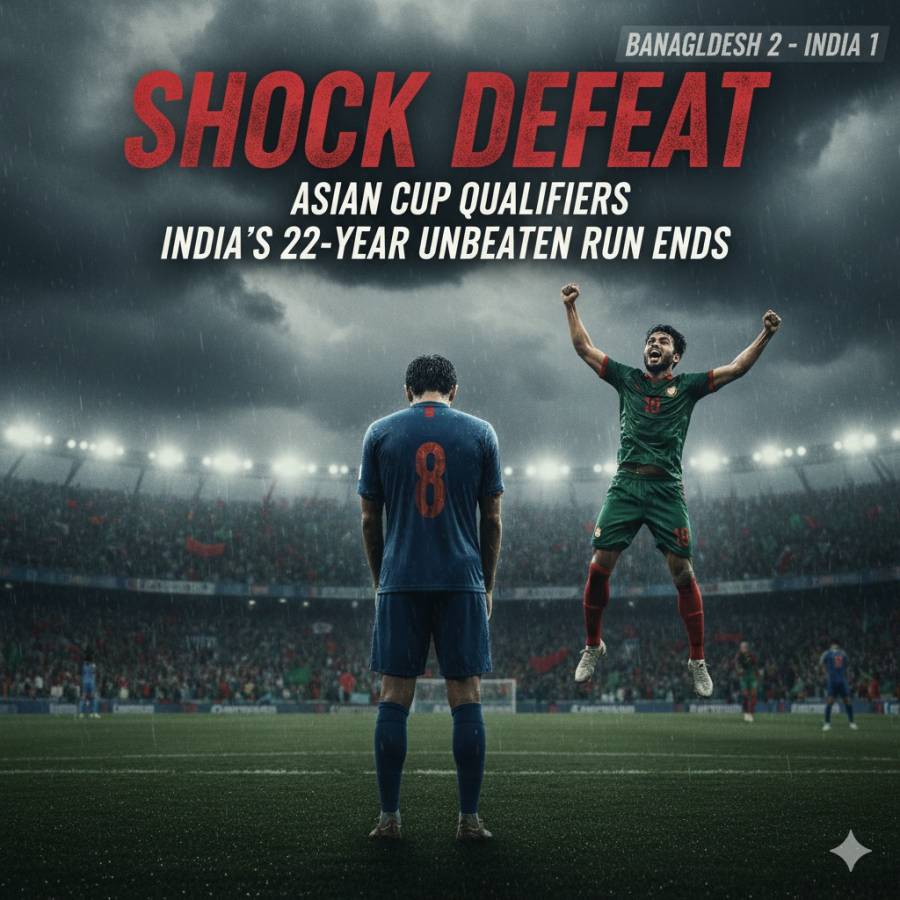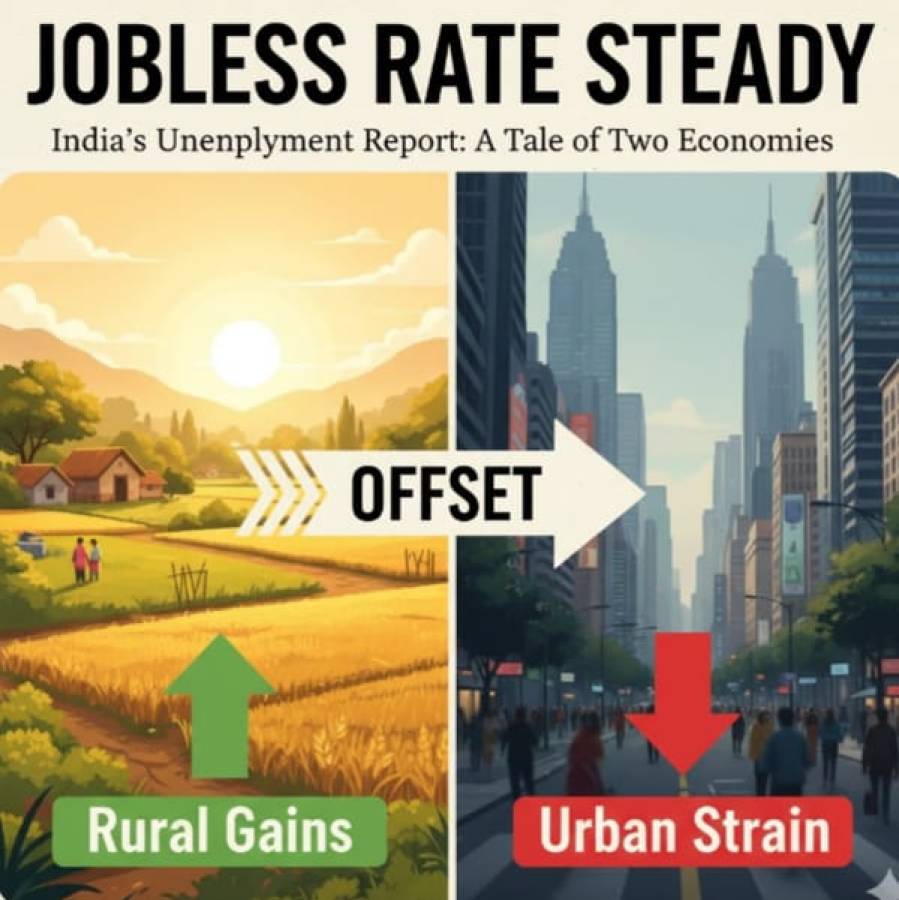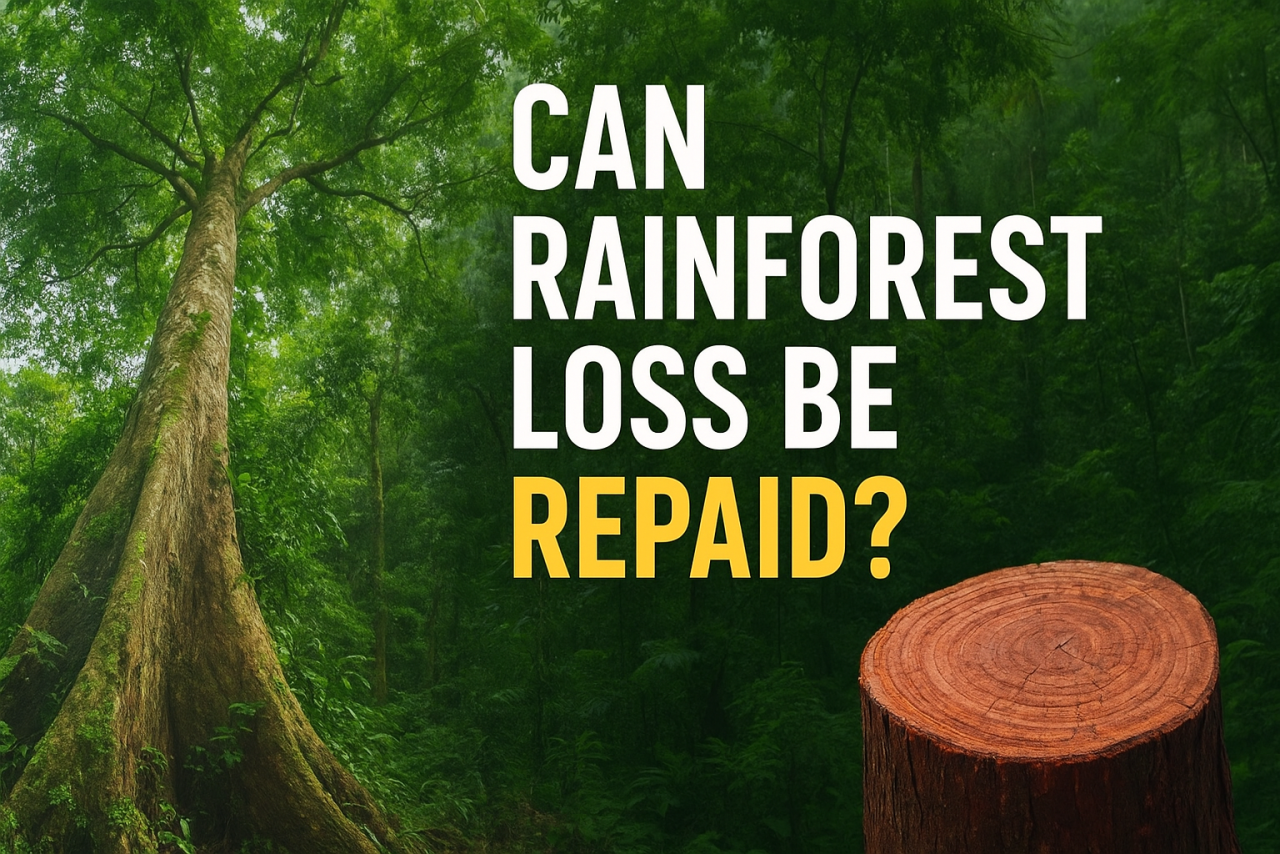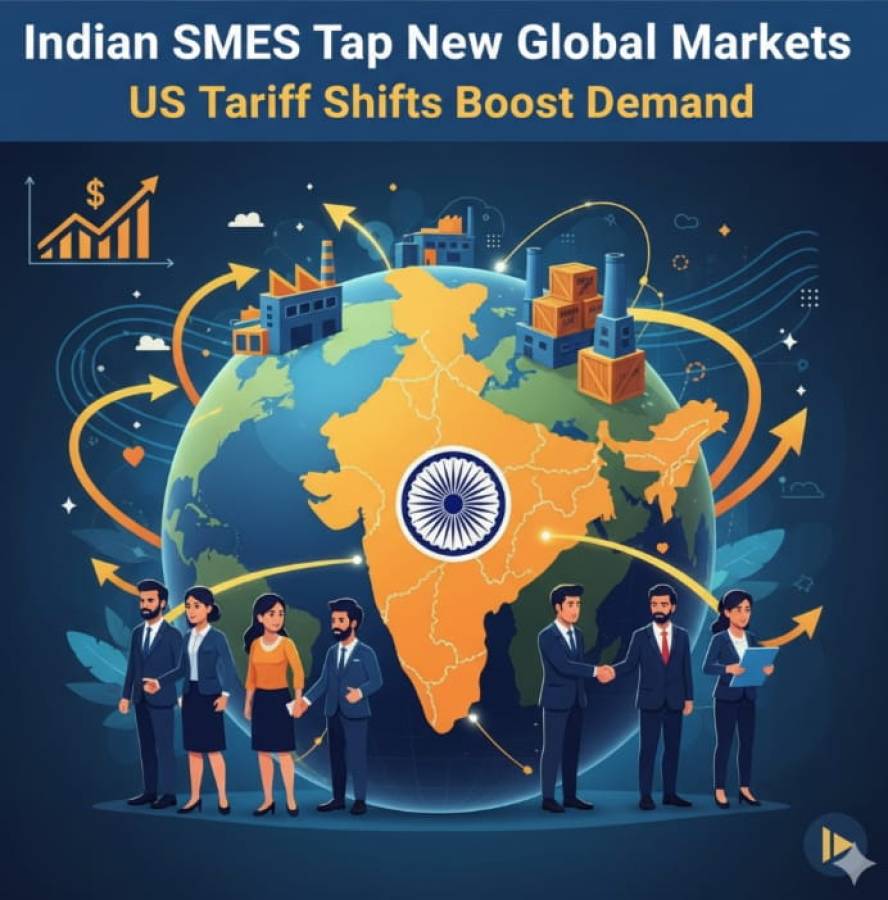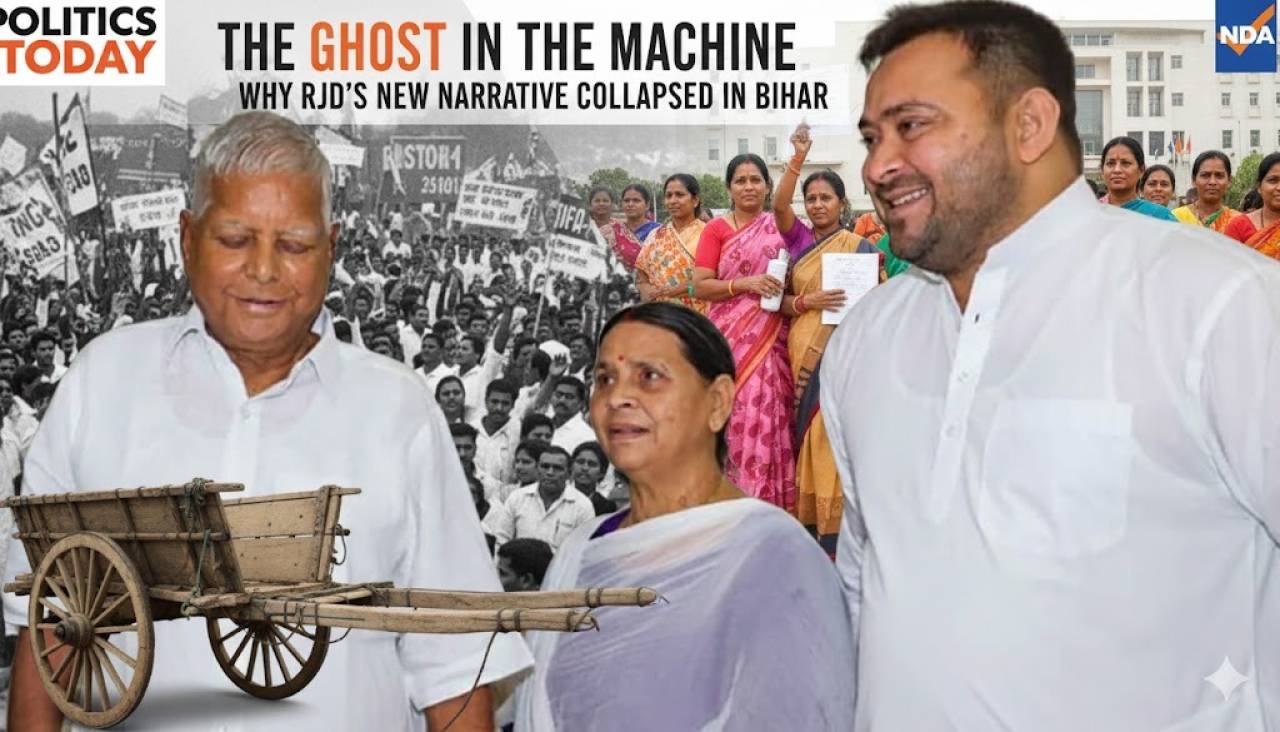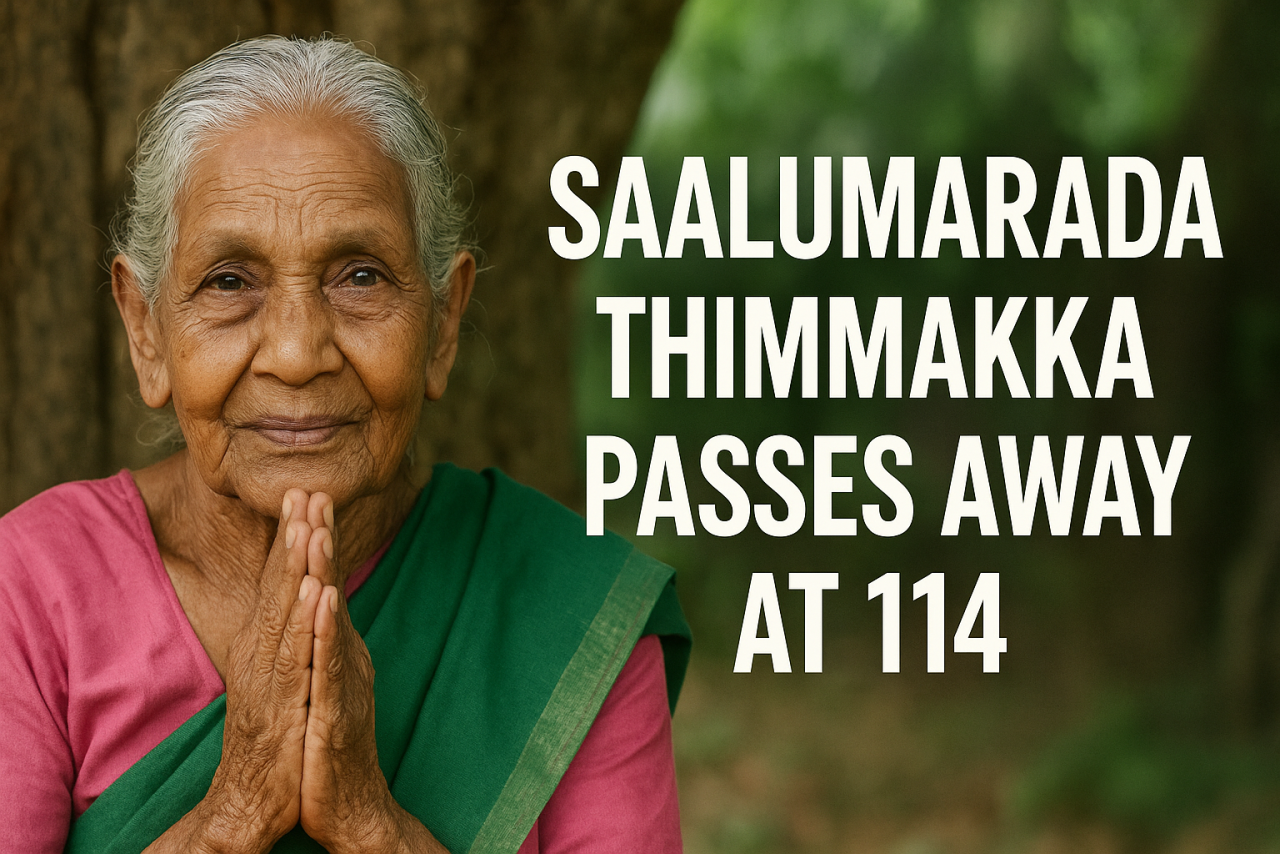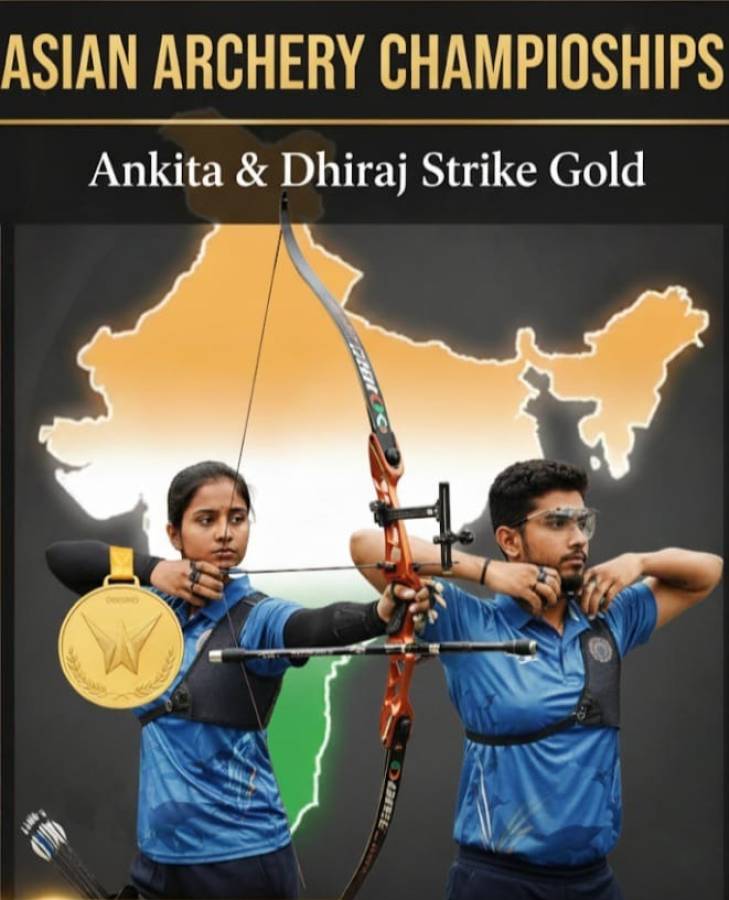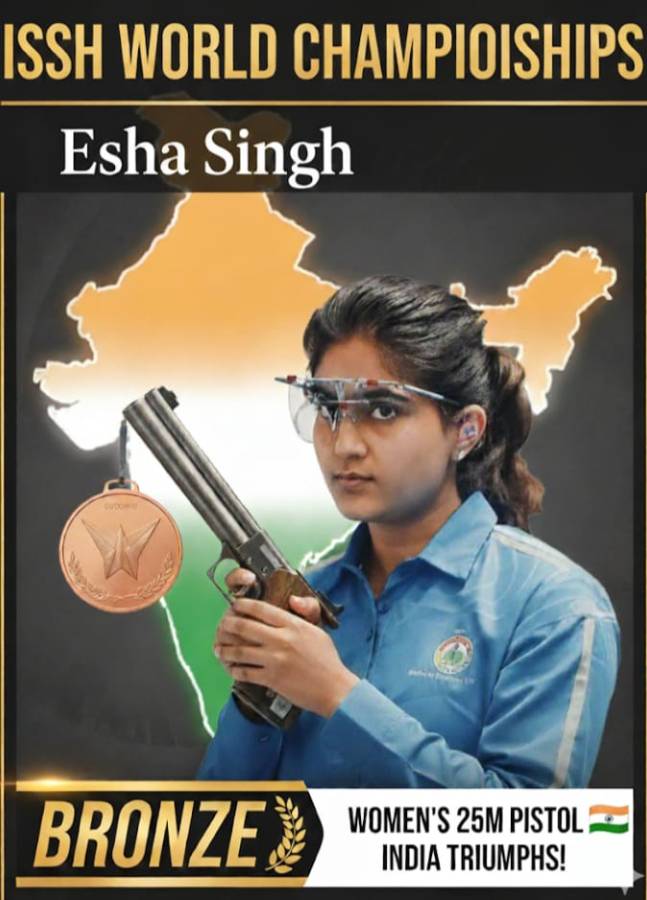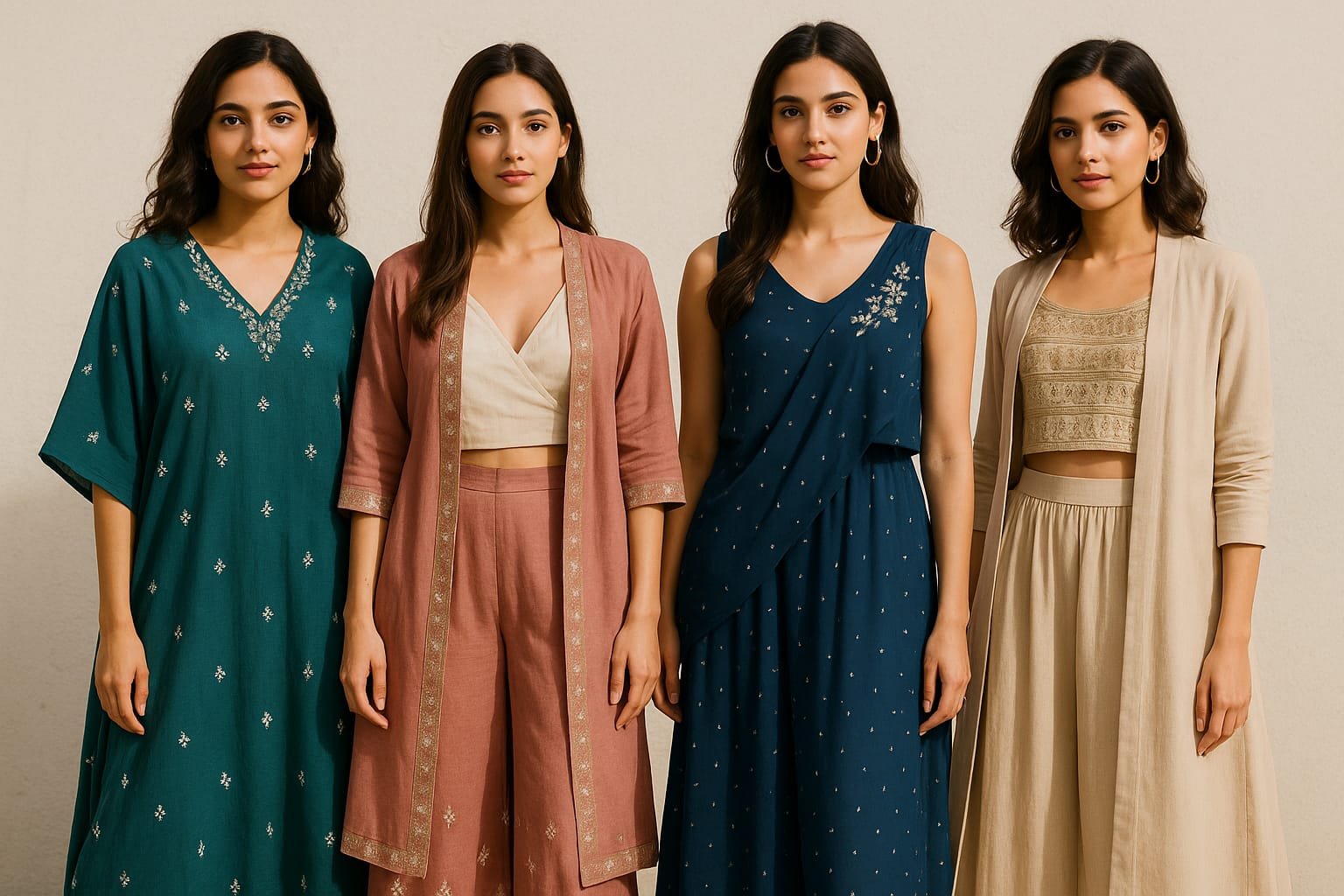
Not all fashion statements need sequins—some begin with a simple question: “Can I wear this again?”
The modern Indian wardrobe is quietly transforming. Once built around a handful of heavily embroidered, rarely worn outfits reserved for grand occasions, it’s now embracing comfort, flexibility, and repeat value. Young shoppers no longer chase the weight of luxury—they’re seeking the lightness of smart, wearable style.
This isn't simply a move toward affordability. It's a redefinition of what it means to dress well.
Celebration Meets Common Sense
Across festive seasons and social calendars, fashion choices are shifting. Flowy kaftans, chic co-ord sets, and structured drapes are replacing ornate pieces that used to dominate the spotlight for a single night and then disappear into storage. The new preference is clear: buy less, wear more, and look good doing both.
Clothing is no longer expected to just impress—it’s expected to perform at weddings, birthdays, travel getaways, and formal dinners. Shoppers want fashion that moves with them, not pieces that require delicate handling and anxious dry-cleaning.
Dressing for Real Life, Not Just the Album
The idea of spending lavishly on a one-time outfit is beginning to feel outdated. Instead, there’s a growing appetite for pieces that can play multiple roles: a draped dress that works for both a festive event and a cocktail night; a statement jacket that pairs as easily with ethnic skirts as with tailored trousers.
Modern buyers are thinking in terms of cost per wear, not just upfront price tags. The result is a wardrobe that is curated, conscious, and quietly luxurious.
The Numbers Behind the New Wardrobe
Many buyers now prefer occasion wear in the ₹8,000 to ₹15,000 range, with some willing to spend up to ₹30,000—provided the garment offers reusability. This shift is creating demand in a space once ignored by traditional designers. It’s not about spending less; it’s about spending smart.
Social media has accelerated this change. Outfits are styled, re-styled, and shared online in multiple avatars. The fear of repeating looks has evolved into a celebration of creativity. The same garment becomes a new story each time it’s worn—just with different accessories, makeup, or moods.
Flexibility Is the New Flash
Fashion trends are being led not by runways, but by real people with real needs. Coordinated sets, convertible garments, and breathable fabrics are no longer niche—they're essential. Style has entered a new age of comfort-driven elegance.
And this elegance is not loud. It doesn’t scream for attention. It moves gracefully, letting the wearer shine without glitter or grandeur. Heavy ensembles are giving way to lighter, layered options that can be styled and re-styled with ease.
A Culture Growing into Its Own
India’s rising middle class and urban youth aren’t rejecting tradition—they’re reinterpreting it. They want clothes that carry cultural hints, but not cultural weight. Embroidery still matters. So does color. But what matters more is how the outfit fits into a real, fast-moving life.
This generation isn’t trying to replicate what their parents wore. They're building their own language of celebration—one that’s functional, aesthetic, and proudly personal.
The rise of flexible occasion wear reflects more than a fashion preference. It marks a deeper shift in values: from showy to sustainable, from luxury for the sake of labels to luxury that works.
Because in today’s India, looking good is just the beginning. Dressing smart is the real style statement.


